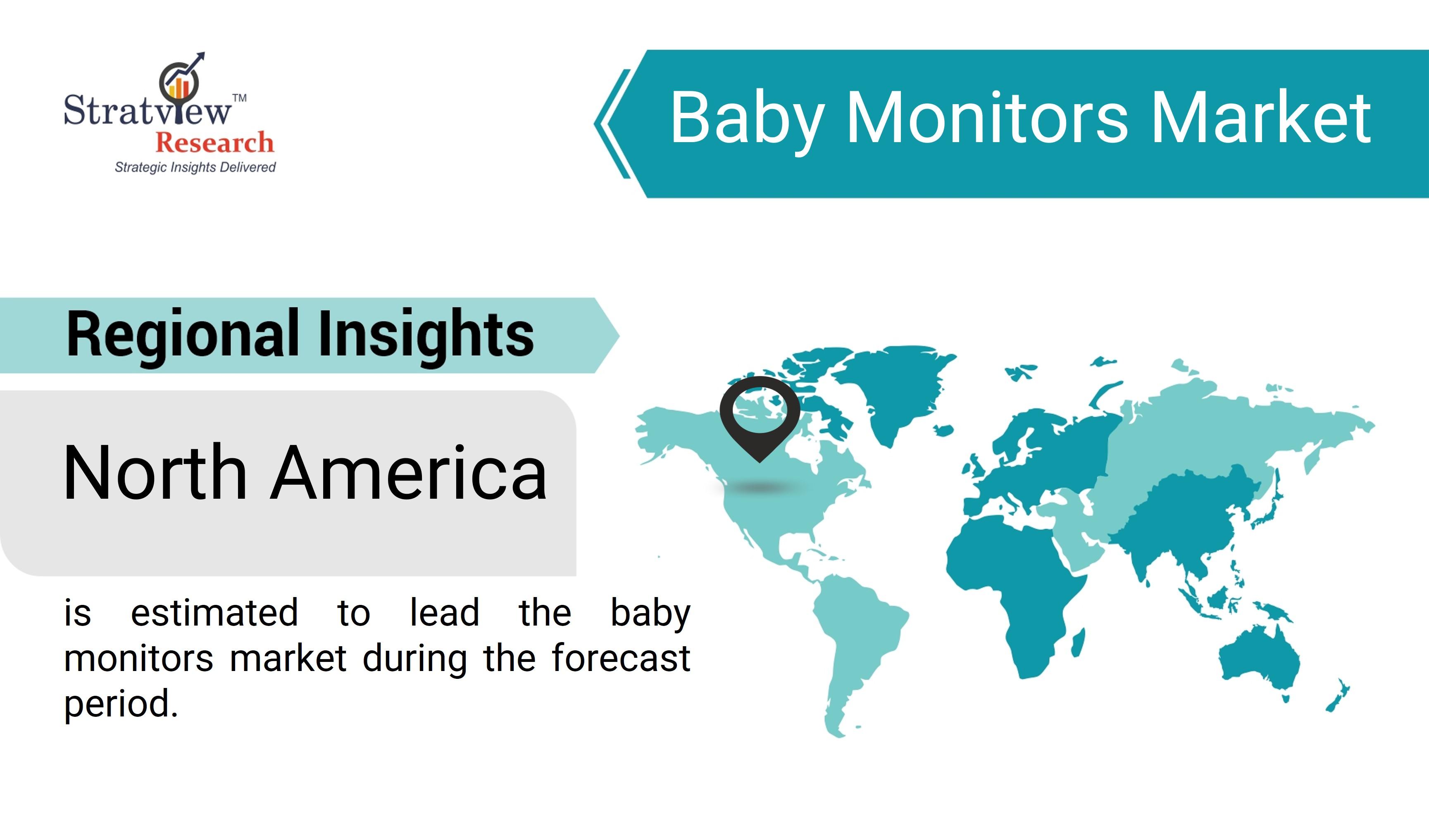Baby Monitors Market Dynamics: Understanding the Competitive Landscape

The baby monitors market is evolving rapidly, driven by technological advancements and changing consumer preferences. Understanding the market dynamics and competitive landscape is crucial for stakeholders aiming to capitalize on growth opportunities and navigate challenges effectively. This article explores the key dynamics influencing the baby monitors market and provides insights into the competitive environment.
According to Stratview Research, the baby monitors market was estimated at USD 1.36 billion in 2022 and is likely to grow at a CAGR of 8.25% during 2023-2028 to reach USD 2.18 billion in 2028.
1. Technological Innovations
Technological advancements are at the forefront of the baby monitors market. The shift from traditional audio monitors to sophisticated video monitors with high-definition resolution, night vision, and two-way communication is transforming the industry. Innovations such as Wi-Fi connectivity, smartphone integration, and smart features like temperature sensors and movement tracking are driving market growth. Companies that invest in R&D to develop cutting-edge technology are gaining a competitive edge by offering products that meet the evolving needs of tech-savvy parents.
2. Growing Consumer Demand for Smart Solutions
Consumers are increasingly seeking smart and wireless baby monitors that integrate seamlessly with home automation systems. The rise of IoT (Internet of Things) and smart home technology is influencing consumer preferences towards devices that offer convenience and remote access. Baby monitors that connect to smartphones and provide real-time alerts and data analysis are becoming popular. Companies that offer innovative, user-friendly, and feature-rich products are well-positioned to capture market share.
3. Market Segmentation and Product Differentiation
The baby monitors market is segmented based on product type, mode of communication, and distribution channel. Key product segments include audio monitors, video monitors, and smart monitors. Video baby monitors dominate the market due to the benefits offered to them, such as real-time video and audio transmission, heart rate monitoring, and temperature sensing.
4. Competitive Strategies and Key Players
The competitive landscape of the baby monitors market is characterized by both established players and new entrants. Major companies like Motorola, Philips, and Nanit are leading the market with their extensive product portfolios and strong brand presence. These companies leverage strategies such as product innovation, strategic partnerships, and aggressive marketing to maintain their market position. New entrants and startups are also emerging, focusing on niche segments and offering innovative solutions to differentiate themselves.
5. Regional Insights and Market Expansion
In terms of regions, North America is estimated to lead the market during the forecast period, driven by the growing trend of nuclear families, the increasing spending capability of people, and the increasing awareness about the advantages offered by using such devices.
Conclusion
The baby monitors market is influenced by technological innovations, changing consumer demands, and competitive strategies. Understanding these dynamics is essential for stakeholders to navigate the competitive landscape and seize growth opportunities. As the market continues to evolve, companies that stay ahead of technological trends and align their products with consumer preferences will be well-positioned for success.
- Questions and Answers
- Opinion
- Motivational and Inspiring Story
- Technology
- Live and Let live
- Focus
- Geopolitics
- Military-Arms/Equipment
- Security
- Economy
- Beasts of Nations
- Machine Tools-The “Mother Industry”
- Art
- Causes
- Crafts
- Dance
- Drinks
- Film/Movie
- Fitness
- Food
- Games
- Gardening
- Health
- Home
- Literature
- Music
- Networking
- Other
- Party
- Religion
- Shopping
- Sports
- Theater
- Health and Wellness
- News
- Culture

